Table of content
- Preparing the Pan: The Golden Rule of Heat
- Adding Oil: Less Is More
- Arranging the Dumplings: Space Is Key
- The Initial Fry: Building the Crust
- Introducing Water: The Steaming Phase
- Simmering and Steaming: Patience Pays Off
- The Final Fry: Achieving Lacy Crispness
- Resting and Serving: The Final Flourish
- Soggy Bottoms
- Burnt Exteriors
- Sticking to the Pan
- Undercooked Filling
- Aromatic Oils
- Crispy Toppings
- Dual-Cooking Method
Frozen dumplings, often called “potstickers” in Western cuisine, are a beloved convenience food celebrated for their versatility and ability to transform a hurried meal into a satisfying feast. While boiling or steaming might be the go-to methods for many, pan-frying offers a textural contrast that elevates these bite-sized parcels to new heights—a golden, crispy exterior paired with a tender, flavorful filling. Yet, achieving that coveted balance between crunch and tenderness requires precision, patience, and a few insider tricks. This guide delves into the science and craft of pan-frying frozen dumplings, ensuring every batch emerges from the skillet with a lacquered crust and a juicy interior.
Understanding Frozen Dumplings: A Brief Primer
Before igniting the stove, it’s essential to grasp the anatomy of a frozen dumpling. These parcels typically consist of a thin wheat or rice flour wrapper encasing a mixture of seasoned meat, vegetables, or both. Common fillings include pork and cabbage, chicken and mushroom, or vegetarian blends like tofu and spinach. The freezing process preserves their texture and flavor but also alters their cooking dynamics. Unlike fresh dumplings, which cook uniformly, frozen varieties require a two-step approach: steaming to thaw and cook the filling, followed by frying to crisp the exterior. Skipping either step risks a raw center or a soggy, pale wrapper.
Equipment and Ingredients: The Foundations of Crispy Success
To embark on your pan-frying journey, gather the following tools and ingredients:
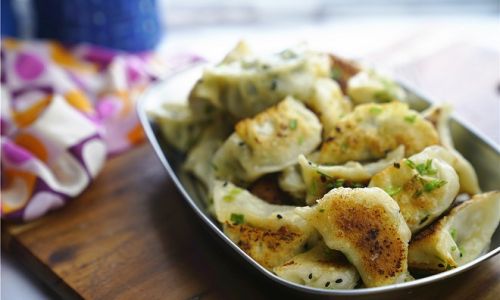
- A Non-Stick Skillet: Opt for a wide, heavy-bottomed pan (10–12 inches in diameter) to ensure even heat distribution and prevent sticking. Cast iron or stainless steel pans work but demand more oil to avoid mishaps.
- Cooking Oil: Neutral oils like vegetable, canola, or peanut oil are ideal for frying. For added flavor, a drizzle of sesame oil post-cooking can elevate the dish.
- Water: A critical component for steaming the dumplings during the cooking process.
- Frozen Dumplings: Choose high-quality brands with intact wrappers to minimize breakage.
- Lid: A tight-fitting lid traps steam, accelerating the cooking process.
- Tongs or a Spatula: For gentle flipping and maneuvering.
The Step-by-Step Pan-Frying Process
Preparing the Pan: The Golden Rule of Heat
Begin by placing your skillet over medium heat. Resist the urge to crank up the burner—high heat risks scorching the dumplings before they cook through. Allow the pan to warm gradually while you prepare the oil.
Pro Tip: To test if the pan is ready, flick a few drops of water into it. If the water sizzles and evaporates within seconds, the surface is adequately heated.
Adding Oil: Less Is More
Pour 1–2 tablespoons of oil into the pan, swirling to coat the base evenly. Avoid overcrowding the pan with oil, as this can lead to greasy dumplings. The goal is to create a thin, non-stick layer rather than a deep-frying environment.
Why It Matters: Excess oil pools around the dumplings, causing the wrappers to absorb grease and become soggy. A minimal amount ensures crispiness without heaviness.
Arranging the Dumplings: Space Is Key
Carefully place the frozen dumplings in the pan, flat-side down, in a single layer. Leave ½–1 inch of space between each piece to prevent sticking and ensure even cooking. Overcrowding the pan lowers the temperature, leading to steaming rather than frying.
Variation: For round dumplings, arrange them in a circular pattern to maximize space. If cooking a large batch, work in smaller portions.
The Initial Fry: Building the Crust
Let the dumplings sizzle undisturbed for 3–4 minutes until the bottoms turn a light golden brown. Resist the temptation to peek or flip them prematurely—this disrupts the Maillard reaction, the chemical process responsible for browning and flavor development.
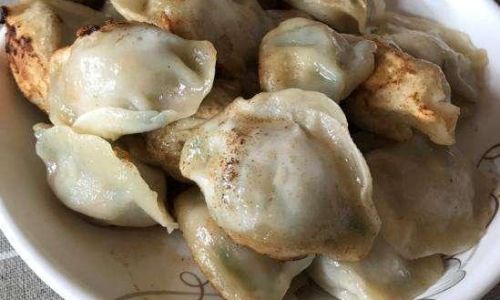
Science Break: The Maillard reaction occurs when proteins and sugars in the dumpling wrapper react to heat, creating complex flavors and a crisp texture. Interrupting this process too early results in a pale, underdeveloped crust.
Introducing Water: The Steaming Phase
Once the dumplings achieve a golden hue, reduce the heat to low-medium and carefully pour ¼ cup of water into the pan. Immediately cover with the lid to trap steam. The water will hiss and bubble vigorously—this is normal and indicates the steaming process has begun.
Why Water Works: Steam generated from the water cooks the dumpling filling and dough thoroughly without drying out the wrappers. This two-step method (fry-steam-fry) ensures the interior reaches a safe temperature while preserving the exterior’s crispness.
Simmering and Steaming: Patience Pays Off
Allow the dumplings to steam for 6–8 minutes, or until the water evaporates completely. Listen for the sizzle to resume—this signals that the pan is dry and it’s time to remove the lid.
Troubleshooting: If the dumplings stick to the pan during steaming, gently nudge them with a spatula. If they resist, they need more steaming time.
The Final Fry: Achieving Lacy Crispness
Uncover the pan and increase the heat to medium-high. Let the dumplings fry for an additional 2–3 minutes, rotating them occasionally to ensure even browning. The goal is to transform the now-cooked wrappers into a lacy, caramelized masterpiece.
Visual Cue: The dumplings are ready when their bottoms sport a deep amber hue and the sides appear slightly puffed.
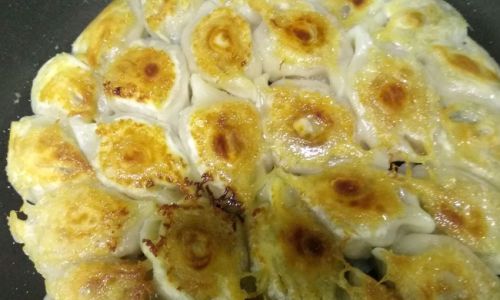
Resting and Serving: The Final Flourish
Transfer the dumplings to a plate lined with paper towels to drain excess oil. Let them rest for 1–2 minutes before serving—this brief pause allows the steam to escape, preventing sogginess.
Dipping Sauces and Pairings: Elevating the Experience
No pan-fried dumpling is complete without a complementary dipping sauce. Classic options include:
- Soy-Vinegar Sauce: Equal parts soy sauce, rice vinegar, and a pinch of sugar.
- Spicy Chili Oil: A blend of chili flakes, garlic, and sesame oil.
- Ginger-Scallion Sauce: Minced ginger and scallions mixed with a neutral oil.
For a complete meal, pair the dumplings with:
- Stir-Fried Vegetables: Bok choy, snap peas, or broccoli add freshness.
- Fried Rice: Day-old rice tossed with eggs and peas.
- Miso Soup: A comforting broth to balance the richness.
Troubleshooting Common Pitfalls
Soggy Bottoms
Cause: Insufficient frying time or excess water.
Fix: Extend the final frying stage by 1–2 minutes and ensure the pan is dry before adding oil.
Burnt Exteriors
Cause: High heat during the initial frying phase.
Fix: Lower the heat and monitor the dumplings closely.
Sticking to the Pan
Cause: Inadequate oil or a low-quality non-stick surface.
Fix: Use a generous (but not excessive) amount of oil and consider investing in a ceramic-coated pan.
Undercooked Filling
Cause: Insufficient steaming time.
Fix: Add an extra 2 minutes to the steaming phase and test one dumpling by slicing it open.
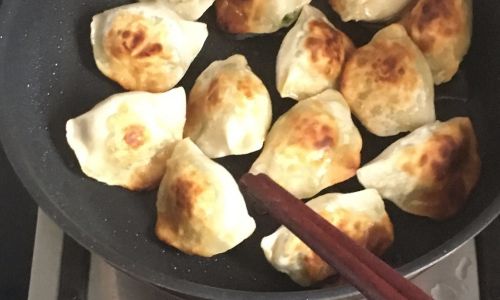
Advanced Techniques: Experimenting with Flavors and Textures
Aromatic Oils
Infuse your cooking oil with minced garlic, ginger, or sliced scallions before frying the dumplings. The residual heat will gently cook the aromatics, imbuing the dumplings with fragrant notes.
Crispy Toppings
After frying, sprinkle the dumplings with toasted sesame seeds, chopped cilantro, or a drizzle of chili crisp for added texture.
Dual-Cooking Method
For extra-thick wrappers, boil the dumplings for 2 minutes before pan-frying. This preliminary step ensures even cooking.
The Environmental and Health Perspective
Pan-frying frozen dumplings offers a middle ground between deep-frying (high in fat) and boiling (low in flavor). By using minimal oil and maximizing crispiness, this method caters to health-conscious eaters without sacrificing taste. Additionally, frozen dumplings reduce food waste, as they can be cooked in small batches and stored for months.
Conclusion: The Joy of Crispy Dumplings at Home
Pan-frying frozen dumplings is a culinary alchemy that marries convenience with gourmet results. With practice, you’ll learn to gauge the sizzle of the pan, the dance of steam, and the precise moment when a dumpling transforms from frozen to fabulous. Whether you’re hosting a dinner party or craving a solo indulgence, this technique guarantees a plate of dumplings that crackle with each bite—a testament to the idea that even the simplest meals deserve a touch of artistry. So fire up the skillet, embrace the sizzle, and let the golden hum of pan-fried dumplings fill your kitchen.
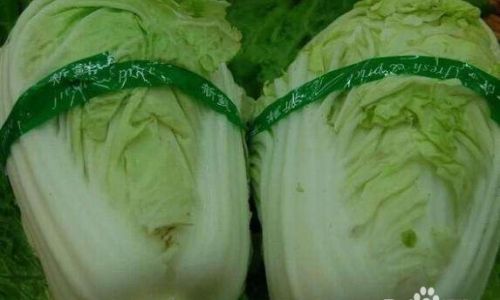
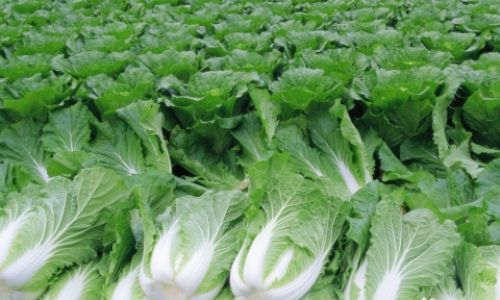
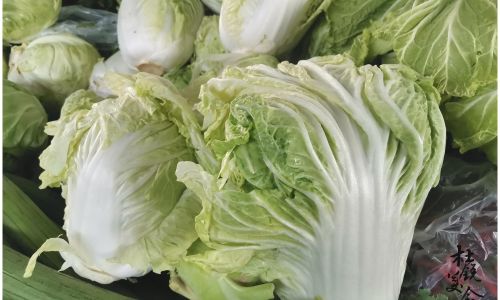
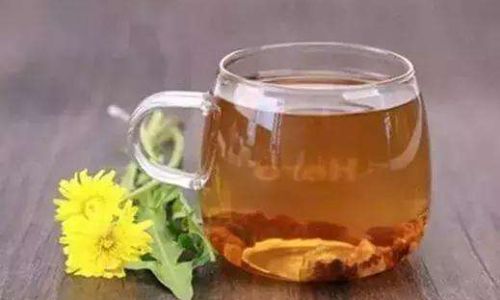

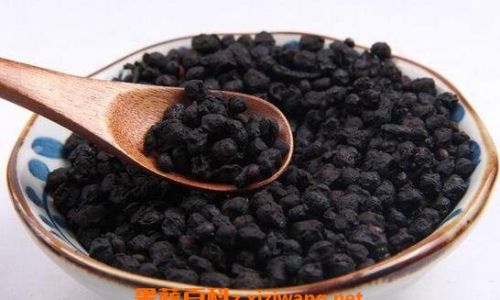
0 comments